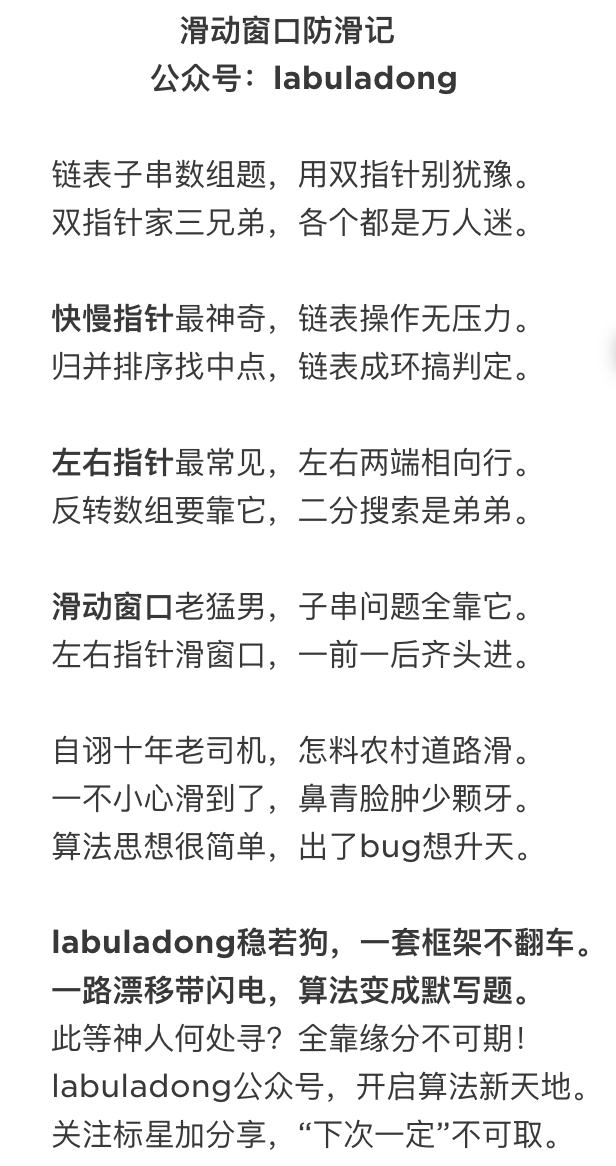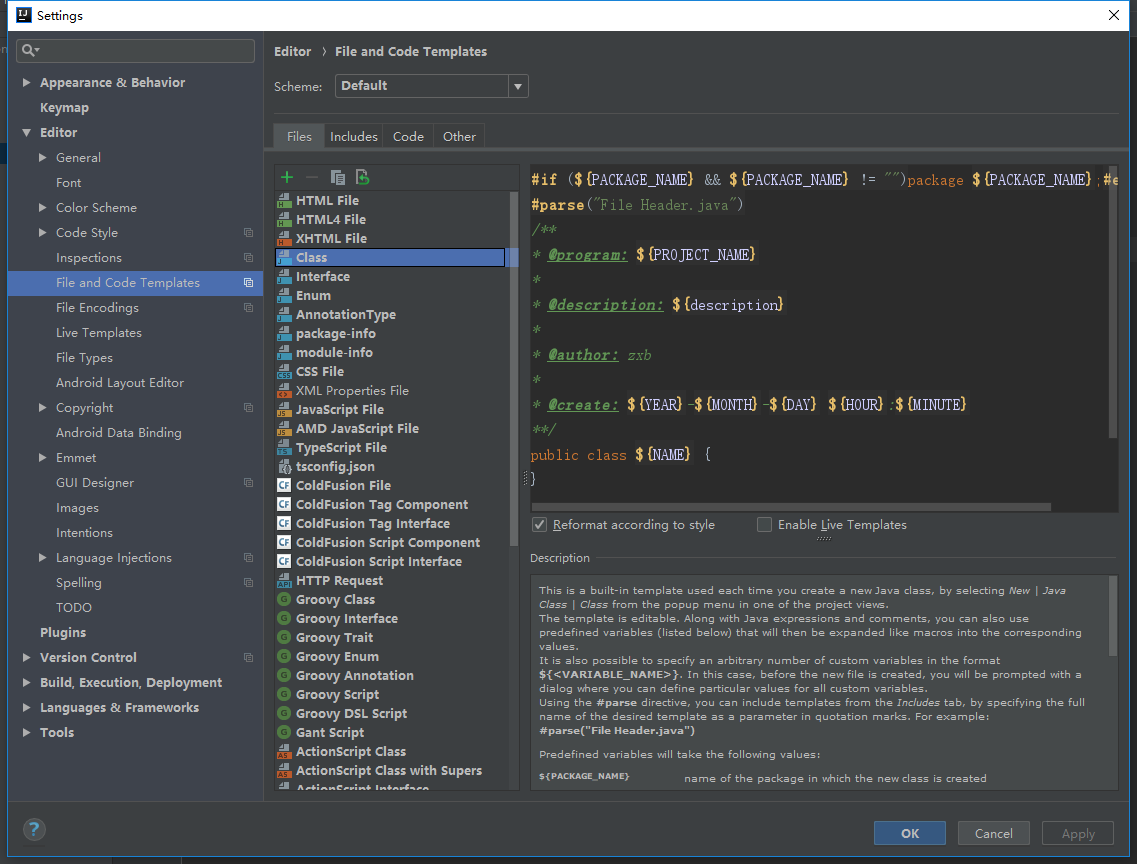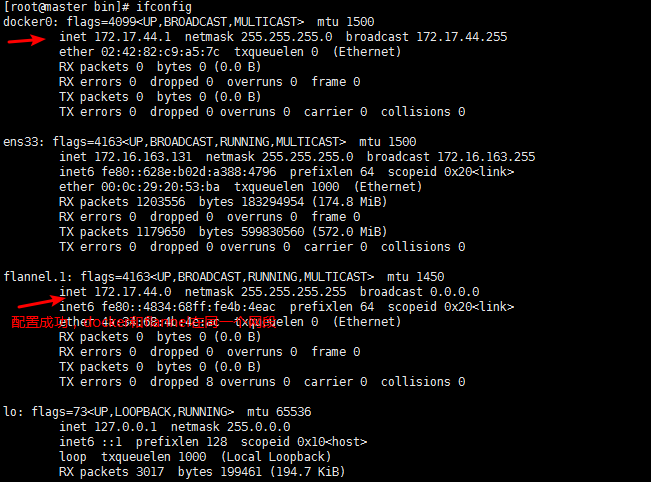When it is being used in everyday coding? I am learning Python using this tutorial. What am I referring to is described here (middle of the page), but I can't get it. I understand the principles of using True and False, but I don't get when (or do) we actually use the bool() function in practice while writing our code. It would help me if you give the everyday, practical example of bool() in code.
问题:
回答1:
It lets you convert any Python value to a boolean value.
Sometimes you want to store either True or False depending on another Python object. Instead of:
if python_object:
result = True
else:
result = False
you simply do:
result = bool(python_object)
How Python objects are converted to a boolean value, all depends on their truth value. Generally speaking, None, numeric 0 and empty containers (empty list, dictionary, set, tuple, string, etc.) are all False, the rest is True.
You use it whenever you need an explicit boolean value. Say you are building an object tree, and you want to include a method that returns True if there are children in the tree:
class Tree(object):
def __init__(self, children):
self.children
def has_children(self):
return bool(self.children)
Now Tree().has_children() will return True when self.children is not empty, False otherwise.
回答2:
To understand what bool() does we need to first understand the concept of a boolean.
A boolean variable is represented by either a 0 or 1 in binary in most programming languages. A 1 represents a "True" and a 0 represents a "False"
The number 1 is different from a boolean value of True in some respects. For example, take the following code:
>>> 1 is True
False
Notice that 1 is different than True according to Python. However:
>>> bool(1) is True
True
When we use the bool() function here, we convert 1 to a boolean. This conversion is called "casting". Casting 1 to boolean returns the value of "True".
Most objects can be cast to a boolean value. From my experience, you should expect every standard object to evaluate to True unless it is 0, None, False or an empty iterable (for example: "", [], or {}). So as an example:
>>> bool({})
False
>>> bool({"":False})
True
>>> bool(None)
False
>>> bool("")
False
>>> bool("hello")
True
>>> bool(500)
True
>>> bool(0)
False
>>> bool(False)
False
>>> bool(-1)
True
Lastly, a boolean prints as either "True" or "False"
>>> print bool(1)
True
回答3:
bool exposes the fact that Python allows for boolean conversions to things that you wouldn't typically consider to be True or False.
An example of this is lists. If len(my_list) would be greater than 0, it also treats this as True. If it has no length -- if len() would return 0 -- it is False. This lets you write code like this:
def check_list_for_values(my_list, value):
return [x for x in my_list if x == value]
your_list = [5, 6, 7, 8, 9, 5, 3, 4, 8]
if check_list_for_values(3, your_list):
print "got a match"
If check_list_for_values returns a list that has length greater than 0, then it prints "got a match" because it evaluates to True. If there is no length to the list that would be returned...
your_list = [5, 6, 7, 8, 9, 5, 3, 4, 8]
if check_list_for_values('elephant', your_list):
print "got a match"
Then there will be nothing printed, because it evaluates to False.
回答4:
Converts a value to a boolean.






